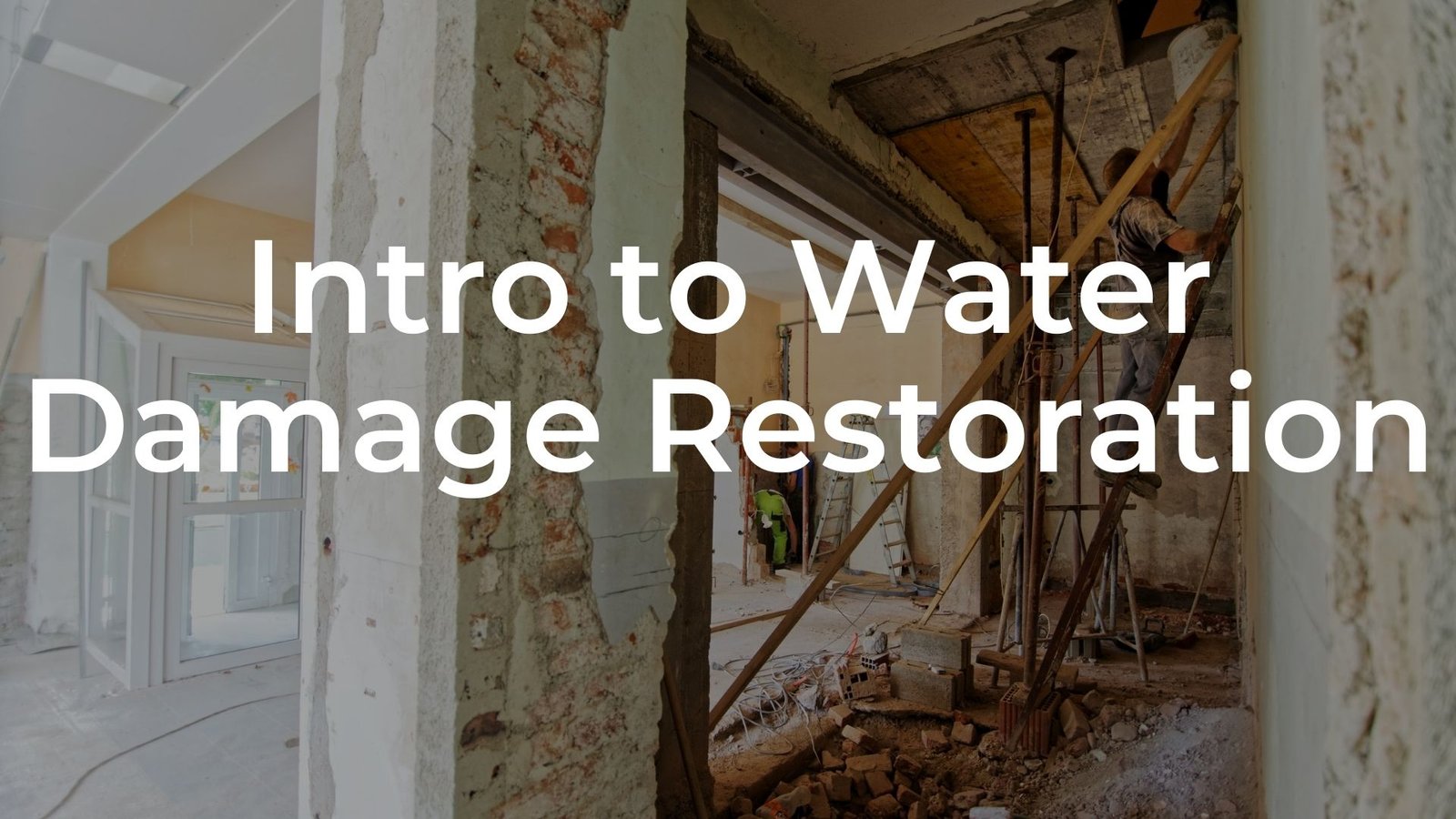The Basics of Water Damage Restoration
Water damage restoration professionals are skilled at removing damaged materials and restoring a home to its pre-damage state. Some projects require simple repairs, while others require complete reconstruction. During the cleanup phase, water damage restoration professionals use specialized PPE to protect themselves and your home. They also dispose of materials that have been removed during the cleaning process.
removing unsalvageable parts
In water damage restoration, removing unsalvageable parts of your home is an important step. It reduces the total cost of the restoration process. This process involves removing all unsalvageable materials and cleaning, sanitizing, and securing salvageable parts of your home. Using this process will help ensure that you can salvage as much valuable property as possible.
In addition to removing any unsalvageable parts, you also need to make sure that you’re removing any water pockets. This will stop further damage. Some water is not visible, but it can still be a problem if left unattended. It can cause structural damage, which can be extremely difficult to repair.
Documenting damage
Documenting water damage restoration is a complex process that requires a great deal of expertise and time. Depending on the nature of the damage, there are different recovery services that can be used to recover documents. Most water-damaged documents can be restored, but the process will vary depending on the type of document, the level of damage, and when the documents were damaged.
It is crucial to document the extent of the damage in order to file a claim with your insurance company. You can do this by taking pictures and videos of the damage. The photos and videos will help you demonstrate the extent of the damage, which may be essential to your insurance claim. You should also write down detailed descriptions of the affected areas, as this will be helpful when dealing with the insurance adjuster.
Documenting water damage restoration is crucial to ensuring that the restoration process is thorough and efficient. Documentation is essential to a successful restoration, but it’s also important to save as much information as possible, especially if important documents were damaged by the water. Document recovery services will use advanced document drying methods to recover data from water-damaged documents.
Cleaning up after a flood
The first step in cleaning up after a flood is removing all debris from the home. Floodwaters can bring debris into your home, including furniture and carpets that may be damaged beyond repair. It is important to remove all flood debris from your home, including drywall, insulation, and any contaminated items. In addition, flooded water can carry bacteria and mold, which can make you sick.
It is important to wash all clothing and bedding thoroughly. You should also wash and dry any contaminated items. Dispose of any soft packaging and glass bottles. However, you can keep commercially canned goods in metal cans or rigid plastic containers. If you cannot find a place for the garbage, you should buy a rodent trap.
Keeping a flashlight handy will also come in handy. You can use a flashlight to check for leaks, if any. Floodwaters can damage electrical wiring and break pipes. Therefore, you may want to contact a professional for help. You should also make sure to check for any gas leaks that may have occurred during the flooding, especially if you have gas appliances.
Cost
There are several factors that determine the cost of water damage restoration. The first is the amount of water damage. This factor can range from small amounts to significant amounts, depending on the size of the affected area. The more water damaged an area is, the more extensive the restoration. Most homeowners only deal with issues of class one to three, but if your home is in a class four category, you may need a complete replacement.
Another factor is the amount of materials and labor required to repair the damage. Materials and labor costs are determined by the square footage of the affected area. In addition, mold may be present, which will require the use of special equipment. Some cities and states require permits for certain types of water damage restoration projects. Additionally, homeowners insurance might cover some or all of the costs.
Water damage can happen in many forms, including a burst pipe, a leaky roof, or a sewage backup. In any case, it can cause significant property damage. In addition, the cost of water damage restoration can be very high.

